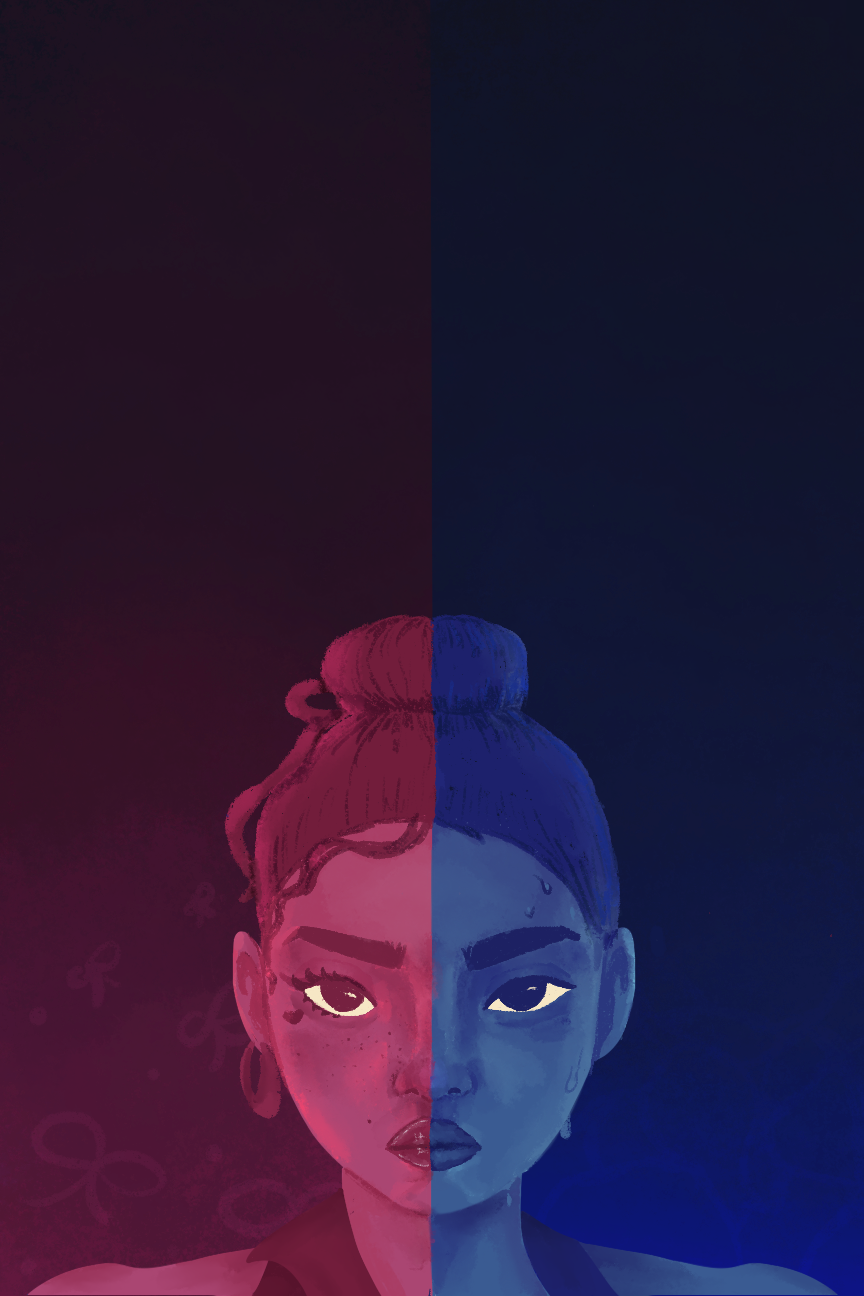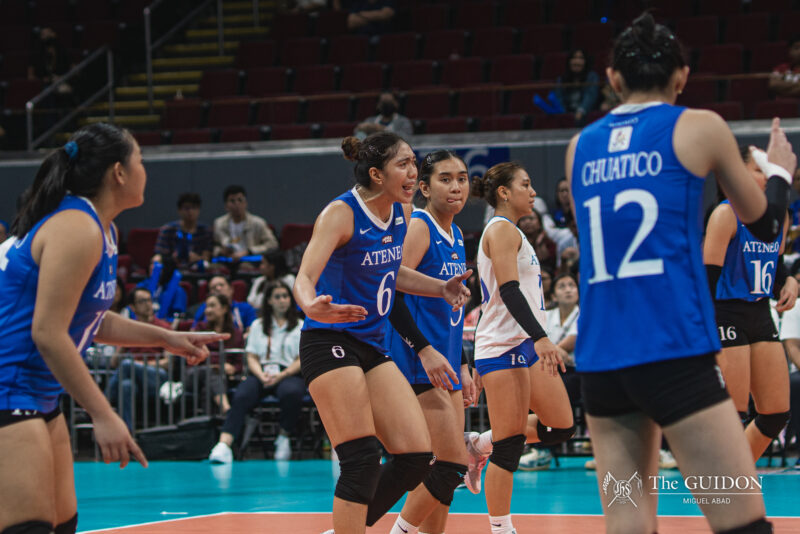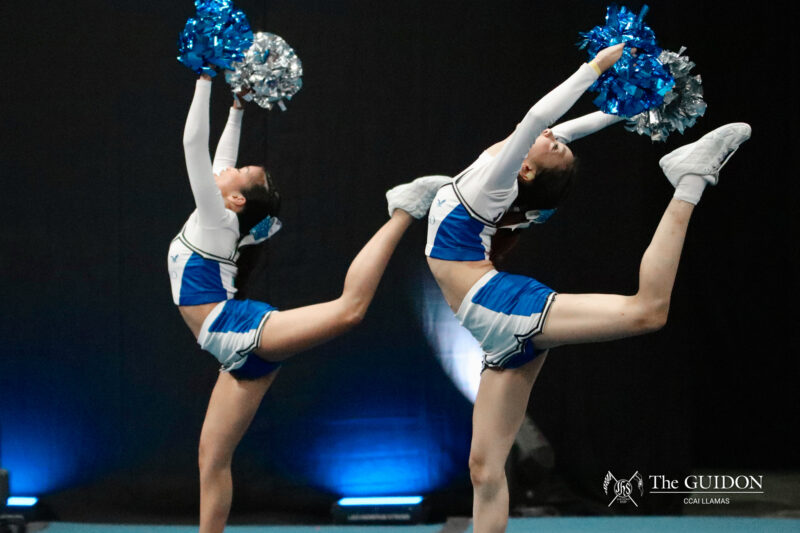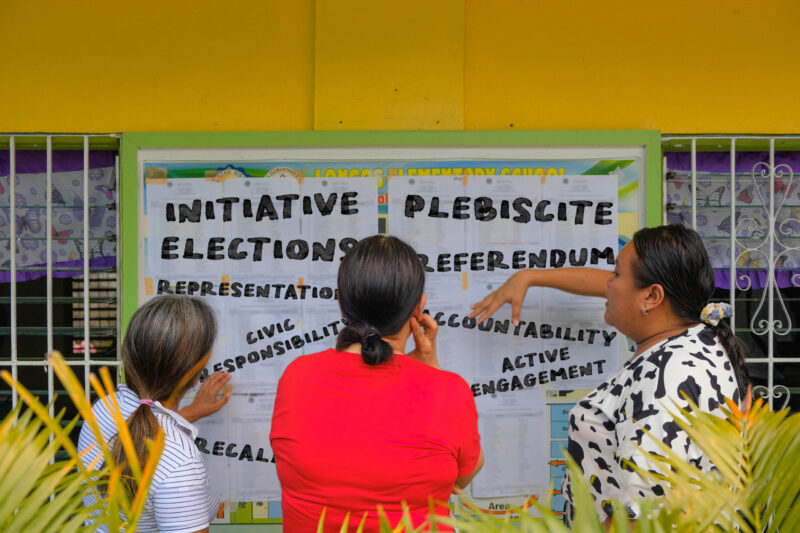TO HAVE strength or to have beauty? Female athletes frequently grapple with this challenging paradox of excelling in performance while conforming to conventional beauty standards. These days, society dictates that both are necessary for female athletes to succeed.
Such a standard may lead uncritical audiences to evaluate: A woman may have finished races and won distinctions, but did she manage to do so while sporting flawless skin, slim legs, and lustrous locks? Evidently a toxic culture, the practice is an unwavering demand that cuts right to the core of what it means to be a sportswoman in a world shackled by archaic norms.
The double standard
Throughout history, female athletes have fought tirelessly to overcome barriers and redefine their place in the world of sports. Early in the modern Olympics—by the late 19th and early 20th centuries—female participation was restricted and met with public ridicule. However, the mid-20th century saw the rise of trailblazers like Babe Didrikson Zaharias, Wilma Rudolph, and Althea Gibson, who reshaped perceptions of women in sports and challenged entrenched gender norms.
The latter half of the century also saw a surge in women’s sports visibility, with leagues like the Women’s National Basketball Association and Women’s Professional Volleyball Association emerging. These leagues represented a powerful statement: Female athletes also deserve professional organizations to nurture their talents and provide equitable opportunities for recognition and success. Eventually, even educational institutions in the 1970s saw the need to address sex-based discrimination, opening long-awaited doors for female student-athletes.
Nevertheless, despite advancements made in opportunities, the journey towards equality remains fraught with challenges. Societal pressure, particularly regarding physical appearance, weighs heavily on female athletes. From rigid beauty standards imposed by endorsements to strict uniform codes, the expectation to conform to idealized notions of attractiveness persists.
This prejudicial burden is compounded by intersectional expectations, where race, ethnicity, and body type dictate additional standards. For instance, Serena Williams has faced numerous derogatory remarks that target her muscular frame and dark skin despite being a prominent sportswoman. This instance alone already illustrates a constant struggle against an ever-shifting landscape of expectations.
Furthermore, biased media coverage exists in both foreign and local outlets, manifested through unequal airtime, the sexualization of dress codes, patronizing language, and an excessive focus on athletes’ personal lives. For example, renowned Filipina athletes like Hidilyn Diaz and Nesthy Petecio have encountered body-shaming remarks despite their outstanding achievements, highlighting the deep-rooted issue of gender-based disparities.
Building upon persisting media challenges, the scrutiny faced by female athletes is also evident in the case of Filipina weightlifter Vanessa Sarno, who faced scrutiny over her competition attire in 2021. Not only do these sexist stories downplay the achievements of female athletes, but they also uphold damaging preconceptions and gender bias in sports reporting.
Throughout history, female athletes have demonstrated remarkable resilience in overcoming barriers and challenging gender norms in sports. However, while their determination is commendable, true progress requires tangible changes in societal attitudes, media coverage, and institutional support.
Butterfly effect
Delving deeper into the double standards affixed on female athletes, a complex web of sentiments further unravels itself in a fatalistic light. Amid the pressures of societal expectations, many female competitors find themselves forced to navigate a landscape where the value of their calibers is tied to a paradoxical confluence of beauty and accomplishment.
In situations where sportswomen are pressed to embody both physical perfection and athletic prowess, the weight of such expectations becomes an additional hurdle in these women’s pursuits of success and recognition. Similarly, Ateneo University Athletic Association of the Philippines (UAAP) Cheer Captain Victoria Estiva stresses how society’s beauty standards have tainted the nature of her sport, especially concerning the public’s portrayal of cheer uniforms.
“I know some of my teammates feel a bit uncomfortable when we feel eyes on us [during UAAP games]. We’re just trying to do our job and it’s a bit scary especially [with] the way we’re positioned,” Estiva shares.
Moreover, the psychological toll of these expectations cannot be overstated as many athletic stalwarts find themselves grappling with matters like body image dissatisfaction and malaise. Ateneo Women’s Football Team standout booter Traci Lim illustrates a shared sentiment among female athletes across various disciplines. Having dedicated herself to her athletic passion for nearly 15 years, she emphasizes that there exists a prevalent fear of body transformation among these mavens due to their rigorous athletic pursuits.
“Obviously, I’m still a girl and I want to feel pretty. But I wouldn’t say I’m completely immune to not thinking about my body when I’m training,” Lim expresses. “I guess for most girls, it’s just hard to want to push yourself in a sport because you’re afraid of ruining your own body.”
This revelation goes to show how a woman’s journey toward athletic greatness is frequently clouded by the relentless demand to adhere to society’s rigid ideals of beauty and flawlessness.
A course for progress
The candid reflections shared by these female athletes further exemplify the complex interplay between athleticism and beauty standards as endured by women in sports. As such, rewriting the script and discourse surrounding the disparity between genders in sports is essential in recognizing the female champions who embody the epitome of grit, determination, and unparalleled excellence. However, achieving such recognition is only possible by addressing several foundational steps within the community.
Advocating for the representation of various body types in media is one of the first stages toward the celebration of the full spectrum of talent and athleticism present in the sporting world. Diversity is the lifeblood of sports, yet traditional media representations often fall short of capturing such. Thus, championing this kind of inclusivity not only empowers athletes to embrace their unique identities, rather inspires individuals to embark on their athletic pursuits without feeling limited by societal standards of beauty and image.
Furthermore, ensuring gender equality in media representation is paramount for fostering a fair and inclusive sports culture. In consonance, Ateneo Women’s Basketball Team cager Yunika Angala shares that a troubling trend of obstinate attitudes against female athletes who choose to embrace more masculine appearances remains rampant today. “[Many] female athletes right now have boy cuts, and a lot of people don’t really like it. I’ve heard some people say if female athletes look like guys anyway, then why don’t you watch male athletes [instead]?” she remarks.
Implementing gender-neutral language and non-sexualized marketing strategies also becomes imperative to the cultivation of a more just and balanced representation of athletes, regardless of gender. The deviation from mere physicalities and superficial characterizations of how female athletes must carry themselves will also create an empowering environment that allows them to thrive and excel on their own terms.
As student-athletes representing the Ateneo on the grander stage, these remarkable women transcend the boundaries that society imposes on the athletic sphere. With an unwavering commitment to excellence, they continually push the limits and exceed expectations that showcase the extraordinary capabilities of female athletes.
Leading the charge in this shift toward inclusivity and empowerment, these female titans ignite inspiration, urging others to embrace leadership and strive for excellence in every endeavor. Equipped with their unwavering commitment to breaking barriers, they then become a testament to the courage, resilience, and unyielding spirit ingrained within the Blue and White legacy.







